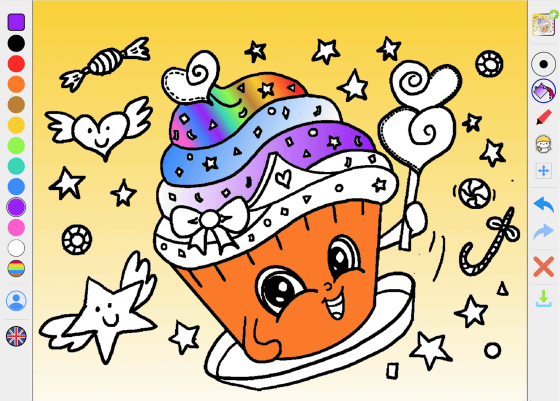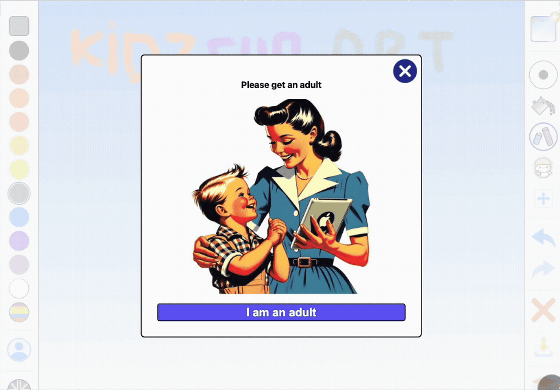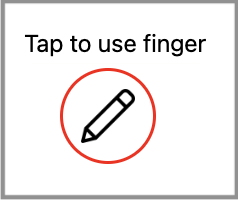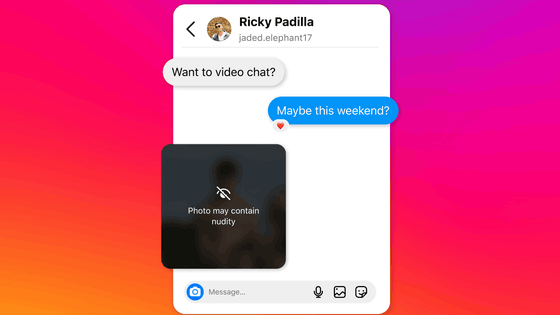What are the '11 points' to pay attention to when designing apps for children?

In today's world, not only adults but also small children use tablets and smartphones on a daily basis, and the demand for educational and gaming apps for children is on the rise. Shane O'Sullivan, developer of the children's drawing app '
On Designing For Children – SOS
https://shaneosullivan.wordpress.com/2025/07/28/on-designing-for-children/
◆1: Minimize the use of text
If you want children under the age of 8 to use your app, you should find a way to communicate the app's main functions with as little text as possible. O'Sullivan points out that since many children don't read text, it's meaningless, takes up space for beautiful graphics, and isn't appealing to children. Looking at the screen of Kids Fun Art, created by O'Sullivan, there is no text at all, and all the main operations can be understood only with illustrations and icons.

◆2: Consider where to display features and tools
In adult apps, some features require users to click on a small bar at the top, such as 'File,' 'Edit,' 'View,' or 'Tools,' and then find the desired item in the menu that opens. However, this is not appropriate for apps aimed at children. O'Sullivan recommends displaying the necessary functions near the target object, such as 'selecting a specific area and having related icons appear nearby.'
◆3: Make it possible to quickly restore the state
'Children often make mistakes, play pranks, or tap in the wrong places on impulse, which often leads to unintended app screens. Especially when creating content like a drawing app, it's important to be able to quickly undo any action,' he said.
Some of the methods include prominently placing undo/redo buttons, adopting a '
◆4: Let them know when to involve an adult
If the app has features for older children, encouraging parents to cooperate at the right time can reduce the chances that even small children will say, 'I don't understand,' and abandon the app. For example, by letting children know by using illustrations that encourage them to get help from their parents, as shown below, children can know when it is time to rely on their parents.

◆5: Reduce fine finger movements
Younger children's fine motor skills, such as their fingertips, are not as developed as older children's, so apps should be operable even if their fingers or pen movements are not perfect. To achieve this, O'Sullivan recommended that 'all buttons and links should be large enough for a child to tap with their finger,' and 'since children often press and hold, they should be able to operate apps by pressing and holding as much as possible, rather than by dragging with precision.'
◆6: Prevent the device from recognizing hands that accidentally touch the screen
While adults do not touch tablets or touch devices when it is not necessary, children often touch tablets unconsciously, just as they do when writing or drawing on paper. Therefore, it is necessary to equip tablets with a function (
To solve this problem, O'Sullivan tried several methods, such as 'discriminating by the size of the contact area' and 'classifying by the pressure detected.' As a result, he found that the most effective solution was a simple one: 'Use touch events and pointer events to determine whether the user is using a finger or a stylus, and when a stylus is in use, recognize only the stylus for all future operations and ignore all other contacts.' To allow the user to return to finger operation, it is also necessary to devise a way to display an icon like the one below for a few seconds when a finger touches the device, and to have the user return to finger operation by pressing this icon.

◆7: Keep it simple and fun
In children's apps, a little ingenuity can make children laugh out loud or send thank-you emails from parents. The ingenuity that entertains children varies depending on the app, but in the case of Kids Fun Art, it seems that children are pleased with ingenuity such as 'applying a rainbow-like gradient,' 'playing sound effects when emojis are pasted,' and 'adding a sparkling effect when an object is rotated.'
8. Maintain visual context when state changes
Many children become confused when they do something in an app, the screen disappears, and they are taken to a completely different screen, so you need to make it clear to your child how they got to the page they are on and how they can get back.
Some of the techniques O'Sullivan uses include 'making the background of the dialog semi-transparent so that it is clear that closing the dialog will return to the previous screen,' 'not displaying a second dialog after closing the first,' and 'using animation when the screen changes to make it easy to understand how the screen has changed.'
◆9: Earn revenue without ads or don't monetize at all
If you want to distribute an app for kids ethically, you shouldn't monetize it by displaying third-party ads, as they may display inappropriate content for children or mislead them into thinking that they can't use the app if they don't tap something. Kids Fun Art says it monetizes by offering an optional annual paid subscription plan.
◆10: No social features
Most modern apps have social features that allow users to share their information and the content they create with other users and connect with them by receiving ratings and critiques. However, because it is dangerous to include social features in an app aimed at children, Kids Fun Art uses a method that 'sends children's drawings to their parents' email addresses' and 'uses pre-defined tokens to allow only AI-generated images to be shared with other users without linking them to personal information,' and does not include any other social features.
◆11: Never let your children spend money
Even in children's apps, parents should pay for them, and children should not be able to use them themselves. When introducing in-app purchases, parents should have the final say, and when proving parental status, it is best not to use information that a child could know, such as a device PIN code, O'Sullivan said.
Related Posts:
in Software, Posted by log1h_ik







